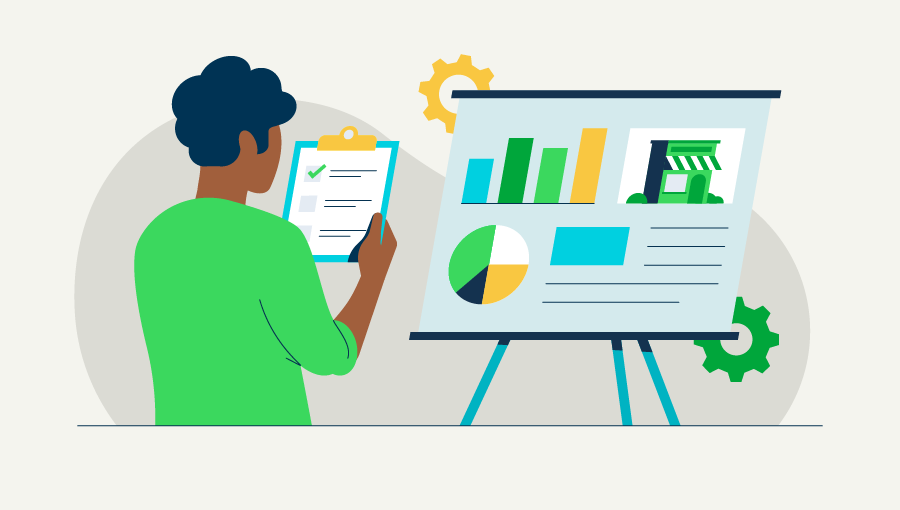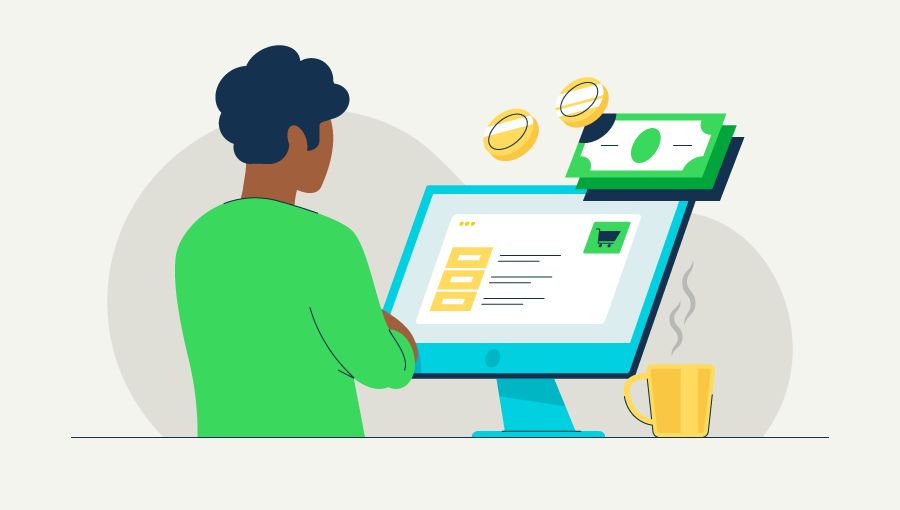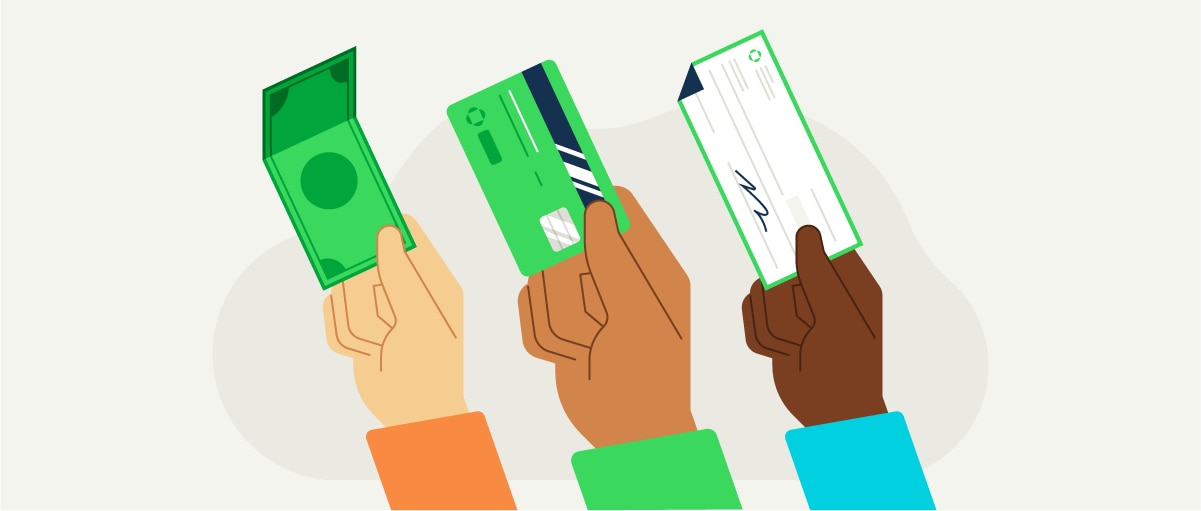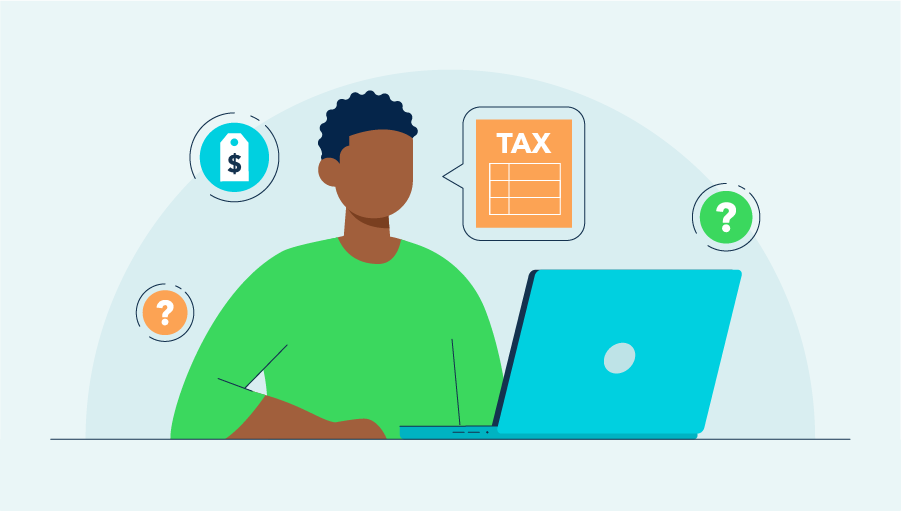As a small business owner, you work hard to generate sales, but what happens if you end up with unpaid invoices? If a customer doesn’t pay their invoices, you could end up with a negative cash flow, which could ultimately lead to financial hardship or bankruptcy. It’s important to proactively follow up on past-due invoices, which sometimes means sending accounts to collections.
While no business owner sets out to send someone to collections, there’s often no other choice than to collect on an unpaid invoice. Sometimes, the last resort to getting your payment is to send someone to collections. Before you take that step, however, you’ll need to know a few key terms:












 A small business should consider sending someone to collections when the invoice is significantly overdue (generally 90 days past the due date), other communication efforts have failed, and/or the debt amount is substantial.
A small business should consider sending someone to collections when the invoice is significantly overdue (generally 90 days past the due date), other communication efforts have failed, and/or the debt amount is substantial.




 It’s just as important to have internal controls in place to prevent collection issues, like proper staff training and regular reviews of accounts receivable.
It’s just as important to have internal controls in place to prevent collection issues, like proper staff training and regular reviews of accounts receivable.